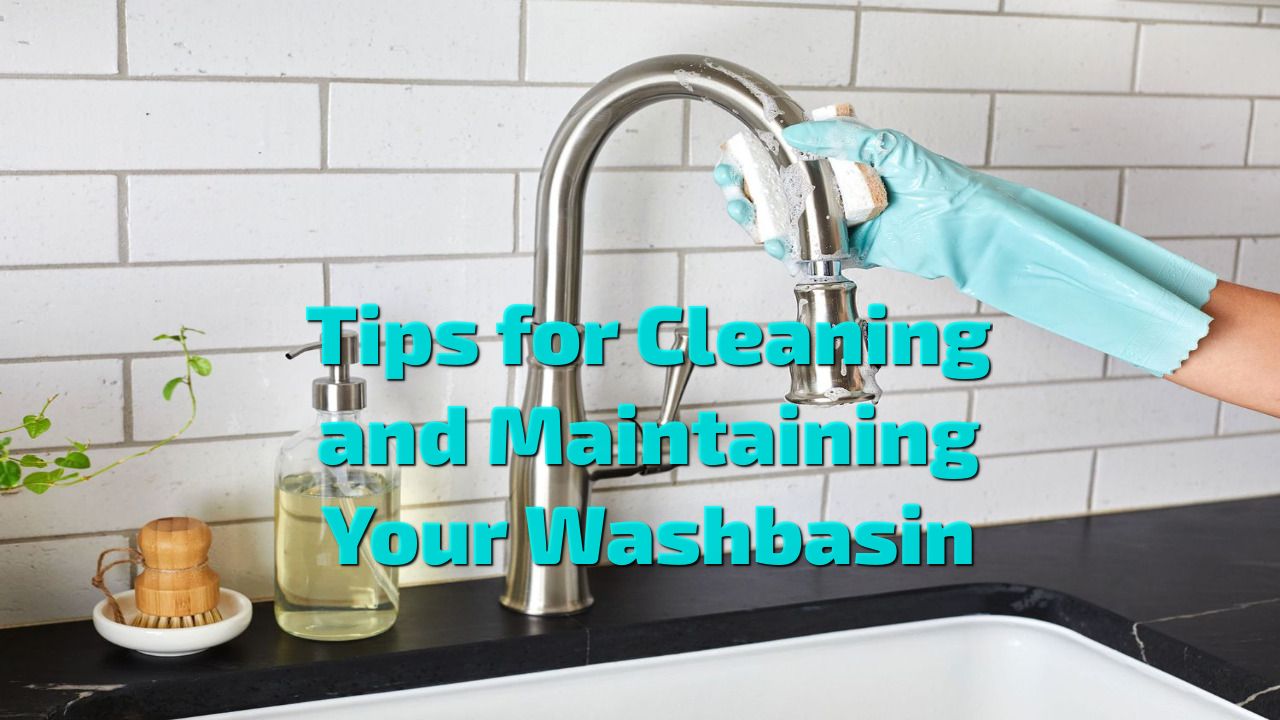Your washbasin is one of the most frequently used fixtures in your bathroom, and it’s essential to keep it clean and well-maintained. A dirty or damaged washbasin not only looks unsightly but can also harbor germs and bacteria that can be harmful to your health. Here are some tips for cleaning and maintaining your washbasin to keep it looking and functioning at its best.
Regular Cleaning
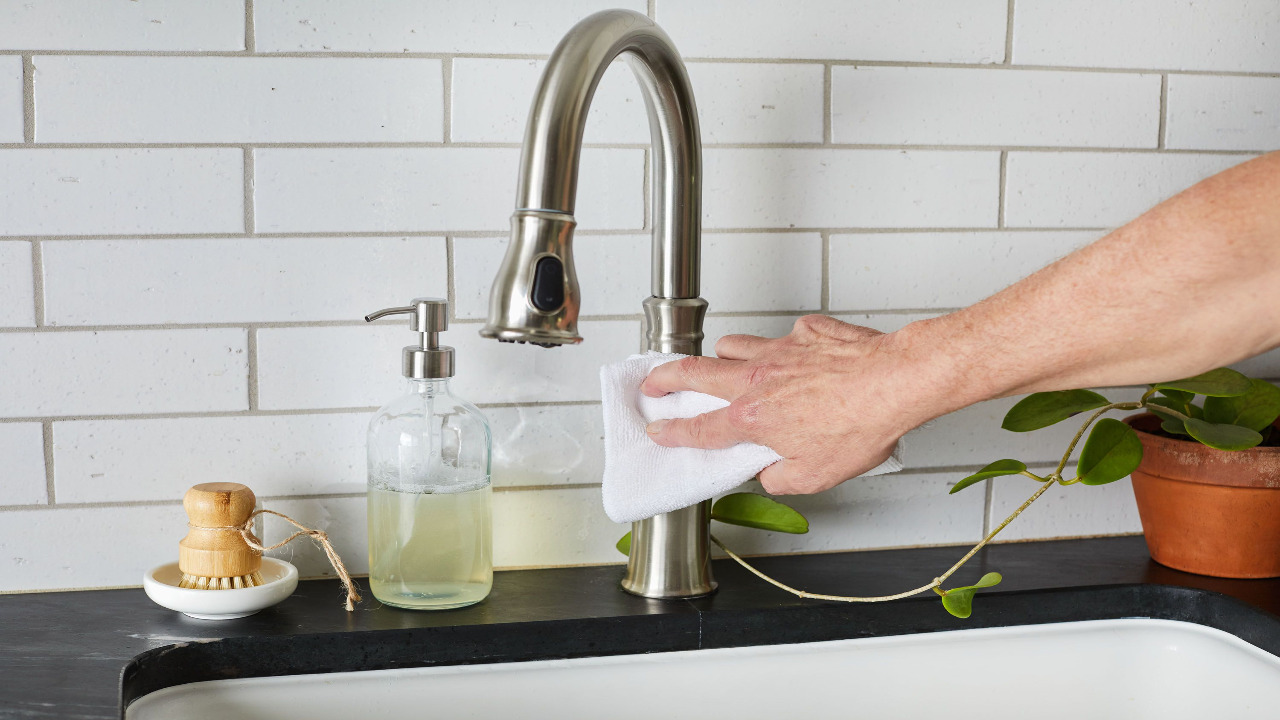
Regular cleaning is the most crucial aspect of maintaining a clean and hygienic washbasin (waschtisch). It’s best to clean your washbasin at least once a week, using a mild detergent or cleaner and a soft cloth or sponge. Avoid using abrasive cleaners or scrubbers, as they can scratch or damage the surface of your washbasin.
Remove Stains
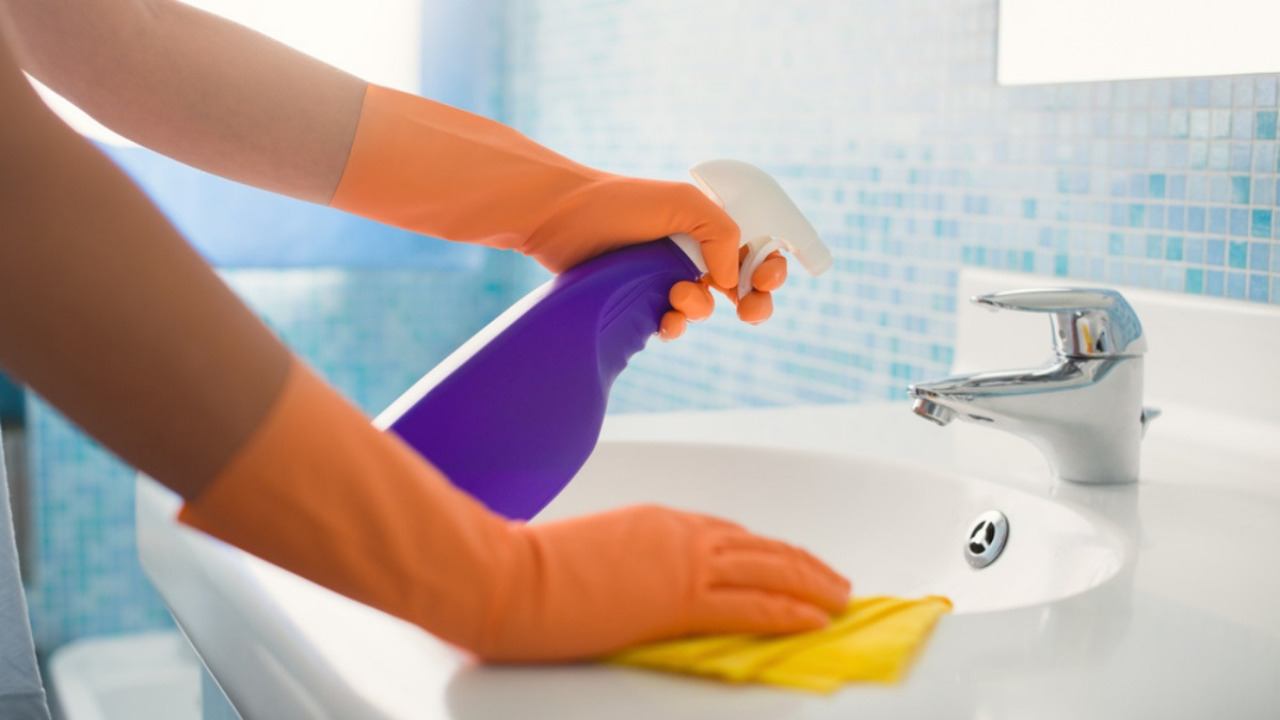
If you notice any stains on your washbasin, you can try removing them with a mixture of baking soda and water or white vinegar and water. Apply the mixture to the stain and let it sit for a few minutes before scrubbing gently with a soft brush or sponge. Rinse with water and dry with a clean cloth.
Address Hard Water Stains
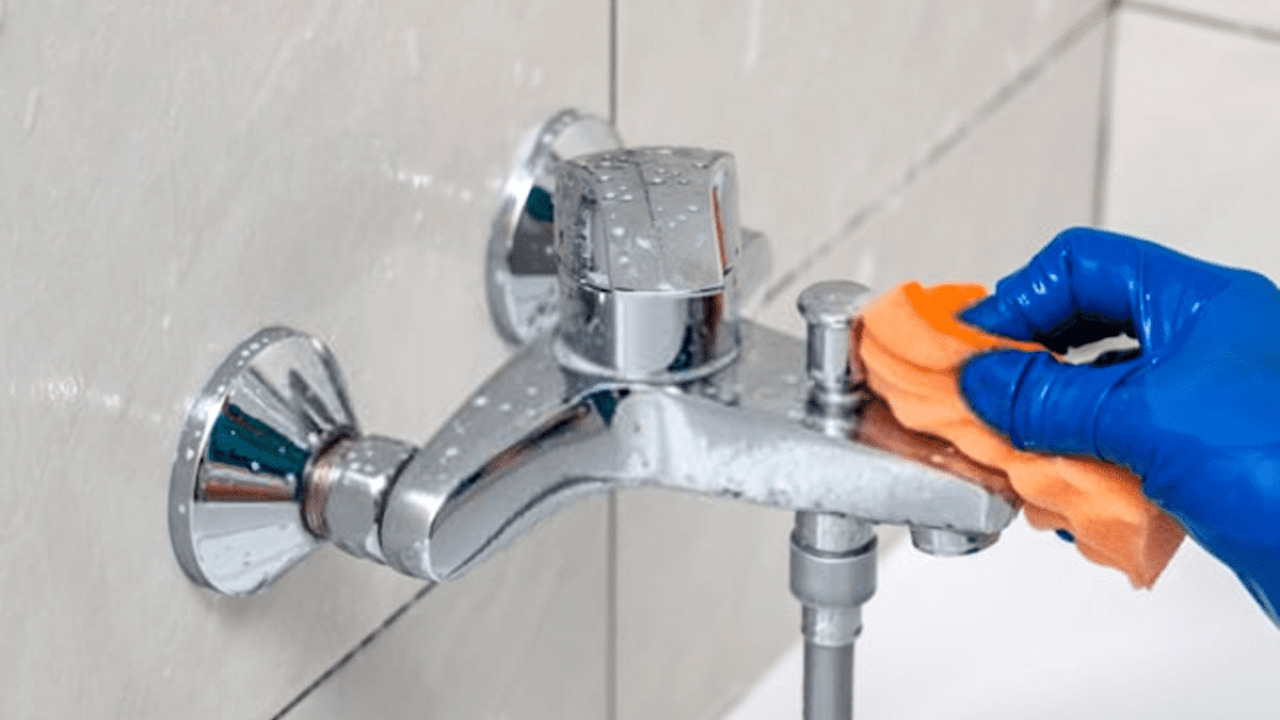
If you have hard water, you may notice a buildup of mineral deposits on your washbasin over time. To remove these stains, mix equal parts water and white vinegar and apply the mixture to the affected area. Let it sit for several minutes, then rinse with water and dry with a clean cloth.
Address Clogs
If you do notice a clog, address it as soon as possible to avoid damage to your washbasin or plumbing system. You can try using a plunger or drain snake to remove the clog or a mixture of baking soda and vinegar to dissolve it.
Address Cracks or Chips
If you notice any cracks or chips in your washbasin, it’s essential to address them as soon as possible to prevent further damage. Depending on the severity of the damage, you may be able to repair it yourself using a repair kit or epoxy. If the damage is extensive, you may need to replace your washbasin.
Avoid Harsh Chemicals
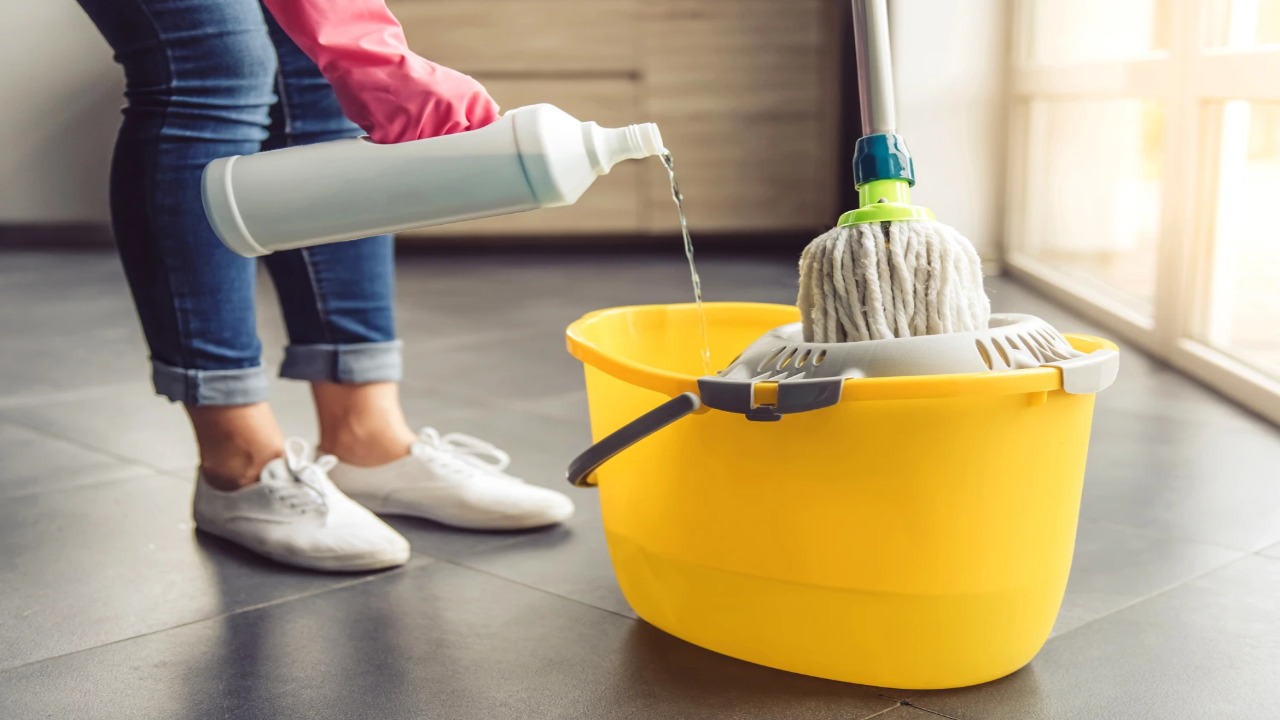
Harsh chemicals, such as bleach or ammonia, can damage the surface of your washbasin and cause discoloration or other damage. Avoid using these types of cleaners and opt for mild detergents or cleaners instead.
Dry Your Washbasin After Use
Drying your washbasin after each use can help prevent water spots and mineral buildup. Use a clean cloth or towel to dry your washbasin after use.
Schedule Professional Maintenance
Regular professional maintenance can help keep your washbasin functioning at its best and prevent problems before they occur. Consider scheduling an annual inspection and maintenance appointment with a plumbing or maintenance professional.
Use the Right Cleaning Tools
Using the right cleaning tools is essential to avoid damaging the surface of your washbasin. Use a soft cloth or sponge, and avoid using abrasive scrubbers or brushes that can scratch or damage the surface.
Prevent Clogging
Preventing clogs is an essential part of maintaining your washbasin’s function. To prevent clogs, avoid pouring grease, oil, or other liquids down your washbasin drain. Use a drain strainer to catch hair and other debris that can cause clogs.

